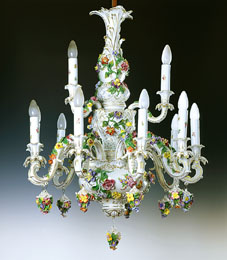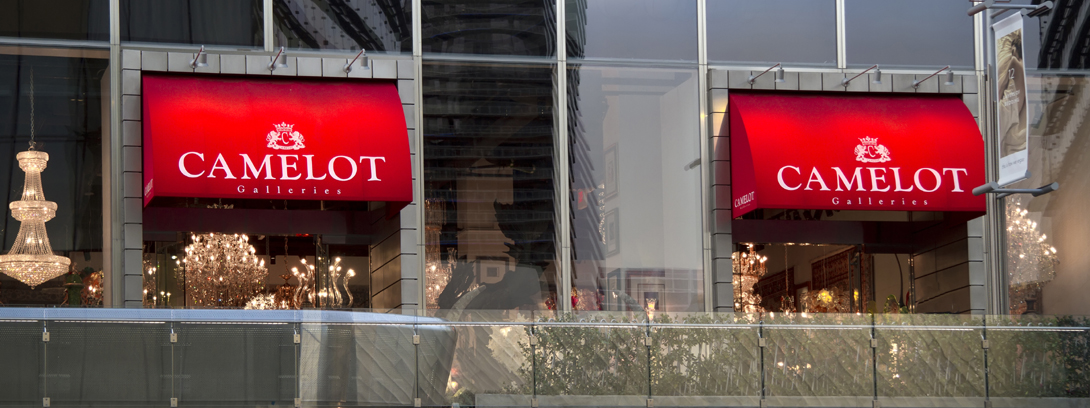 The city of Dresden lies in the eastern part of Germany not far from the border with the Czech Republic and has long been known as the center of fine luxury porcelain production. It is the capital city of the German federal state known as Saxony and plays a prominent role in the history of not only Germany but all of Europe.
The city of Dresden lies in the eastern part of Germany not far from the border with the Czech Republic and has long been known as the center of fine luxury porcelain production. It is the capital city of the German federal state known as Saxony and plays a prominent role in the history of not only Germany but all of Europe.
In the latter half of the Nineteenth Century, the monopoly of the porcelain factory in Meissen (a city located just outside of Dresden) was protected under the strong influence and protective eye of the Saxon government. Many of the local competitors failed. A porcelain painter turned entrepreneur named Carl Thieme took advantage of the conditions and acquired a company from bankruptcy on the outskirts of Dresden in 1872. Thieme was fortunate enough to retain the employees, among them flower modeler, Carl August Kuntzsch, who later became not only his son-in-law but also his partner.
It was Kuntzsch that introduced Dresden Porcelain to the international market. He travelled to the United States, organized the export throughout Europe, won awards and medals at the International Industry Exhibition in Brussels in 1897 and at the Paris World Exposition in 1900. As late as the 1930’s the British Court remained a favorite customer of the company.
Both World Wars and the Depression affected the company’s business. After Kuntzsch died in 1920, his two sons, Carl August and Emil, maintained the success of the company during these difficult years.
After World War II and during the subsequent socialist takeover of eastern Germany, luck and a sympathetic Russian officer prevented the sample collection from being transported to the Soviet Union.
Emil’s brother Carl died in 1950, but there were more difficulties ahead. One June 21, 1953, Emil Kuntzsch was taken into custody by the East German police and held until December. The criminal court in Dresden accused him of hoarding porcelain figurines, zinc and oil. He was expelled from East Germany and settled in the West German town of Kaiserslautern where he owned a porcelain and antique store until he died in 1969.
However, members of the Kuntzsch family were allowed to continue the private ownership of the the company until 1957. In 1958, the company restructured with the government taking its share of the ownership. In 1972, the government took complete control and ownership.
Between 1979 and 1990, the company lost its brand status because of the massive export business under the control of the GDR.
Since the reunification of Germany in 1989-1990, the company was again privatized and the ownership changed hands twice until its current owners bought the company in 1997. Two native Saxons, one an art historian and the other a business man, together with 39 employees continue the great tradition set by Thieme and Kuntzsch in 1872.
In recent years, exports to the United States has been re-established with a strong marketing and sales campaign. In March 2001, Dresden Porcelain, Inc. was founded as its first official office in the United States.






























